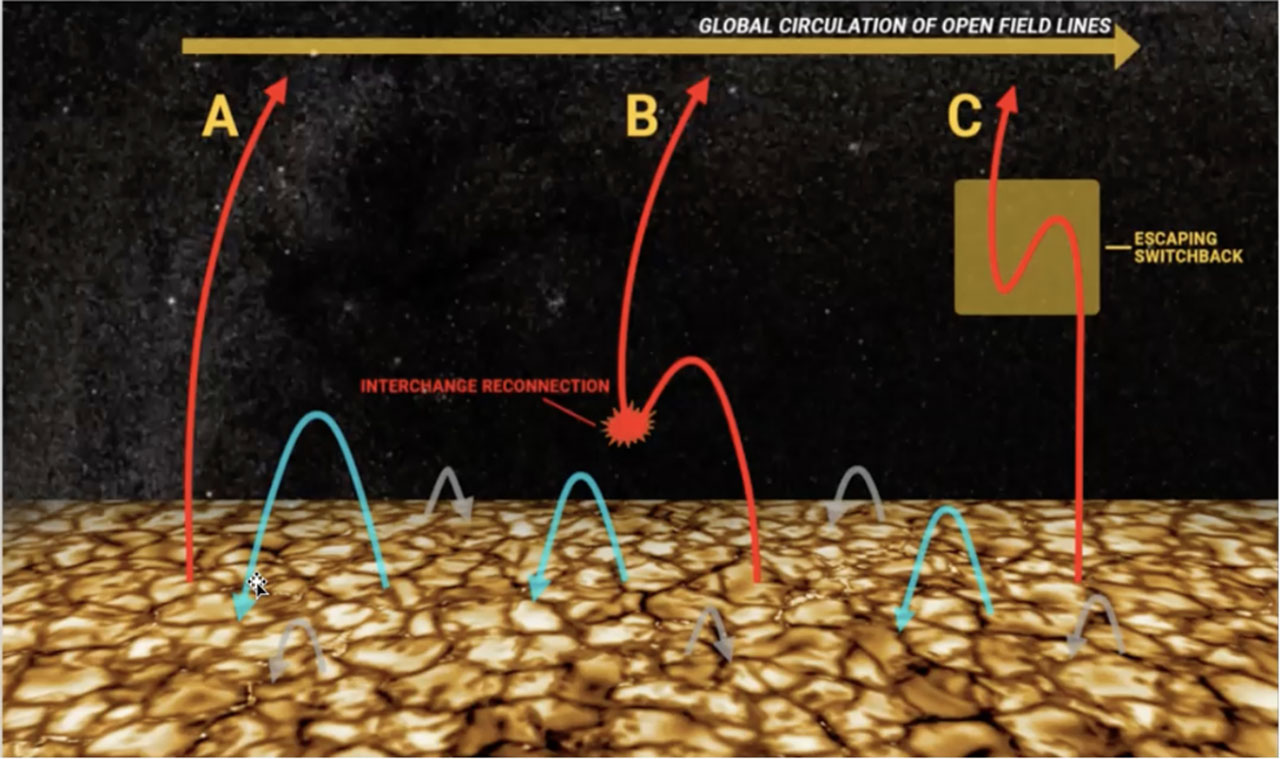NSO: Magnetic Cancellation Captures the Interest of NSO REU Graduate, NASA Parker Solar Probe

The quiet Sun is a frontier of the solar surface devoid of active regions, plage, and sunspots, but what it hardly lacks is its own suite of magnetic mysteries. One phenomenon is magnetic cancellation, the interaction between magnetic structures of opposite polarities that partially or completely cancel each other out. Understanding magnetic cancellation and its consequences are one piece of the puzzle to understanding our Sun’s magnetic behavior. We have recently learned that magnetic cancellation can be responsible for one of the most unexpected results found by the NASA Parker Solar Probe (PSP) mission, the ubiquitous magnetic switchbacks in the near-sun heliosphere.
Magnetic cancellation also captured the interest of the National Solar Observatory (NSO). Vincent Ledvina, a graduate of the NSO’s Research Experience for Undergraduates program, authored a paper that was recently published in The Astrophysical Journal. Ledvina highlights a project that began in 2019 that explored several photospheric magnetic cancellations in the quiet Sun to see what happens during small-scale cancellation events, quantify these properties, and test the hypothesis of the existence of related flows and transverse (horizontal) magnetic fields.
